Our kitchen hood is installed and the Roman Clay is finished and it looks SO GOOD! I just love the way it turned out so much. And yes, the back wall behind it is still blank, but I’m taking my time to figure out exactly what I want to do there. I don’t want to rush it.
ROMAN CLAY KITCHEN HOOD
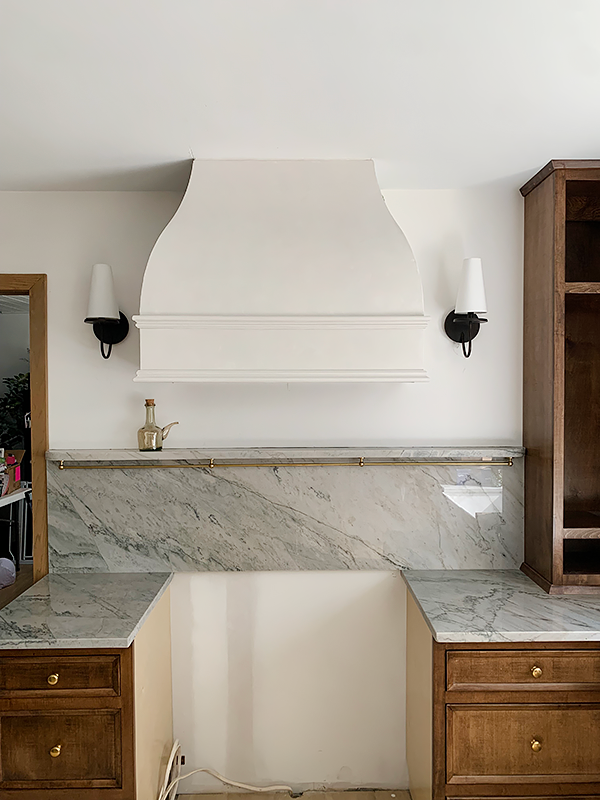
Anyway, back to the hood. We got it from Hoodsly. I loved a lot of things about working with Hoodsly, but the fact that the customization level was endless really was the icing on the cake. They have so many different options: curved, straight, strapping, molding, etc. And once you make your shape selection you can move forward and customize it with stain, paint, prime it, or leave it raw. Plus, if you need any help you can schedule a video chat and they’ll walk you through everything.
Once the hood came, the installation wasn’t too difficult because it came in two parts. The craftsmanship from Hoodsly is SO good! It was beautiful right out of the box. I chose to leave ours raw, instead of paint or stain it, because I knew I wanted to give it a Roman Clay finish.
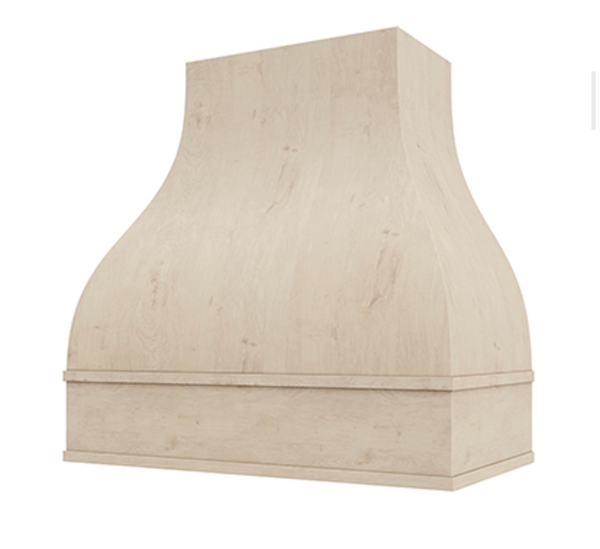
THE DUCT WORK
Before I go into the Roman Clay details, I wanted to give a quick run down on the duct work. The only solution for the duct work was to come out through the wall behind the hood and into the dining room.Then from there it goes outside. The duct runs along the wall and then we boxed it in to hide it. While boxing it in, I chose to cover the can light that was there because we didn’t use it and it was in a weird spot. We also needed to move the air return, so we moved it to the underside of the beam so you don’t see it right away. Eventually I will wrap the beam in a cool wood to finish it off. Going outside, for the outer vent piece on the outside of the house, we will paint it to match the house seamlessly.
THE ROMAN CLAY
Now for the Roman clay. The first step is to prep the hood, and by that I mean get everything taped off and covered that needs to be. After that, it’s time to prime! I used Kilz primer for this.
To finish prep work, I needed to caulk around the ceiling for a clean seam. There was a big gap at the top where the hood meets the ceiling. So instead of squeezing excessive amounts of caulk in there, I used Backer Rod. The Backer Rod is a styrofoam tubing that fills the gap so you don’t have to fill it with a ton of caulk. It’s super easy to use. All you have to do is cut it to length and then shove it in the gap. It comes in small, medium, and large sizes. Medium worked well for me and then I cut it in half for smaller gaps. I like to use my finger to smooth out the caulk once it’s applied. Then I go over it with a baby wipe to make it even more smooth and wipe away the excess.
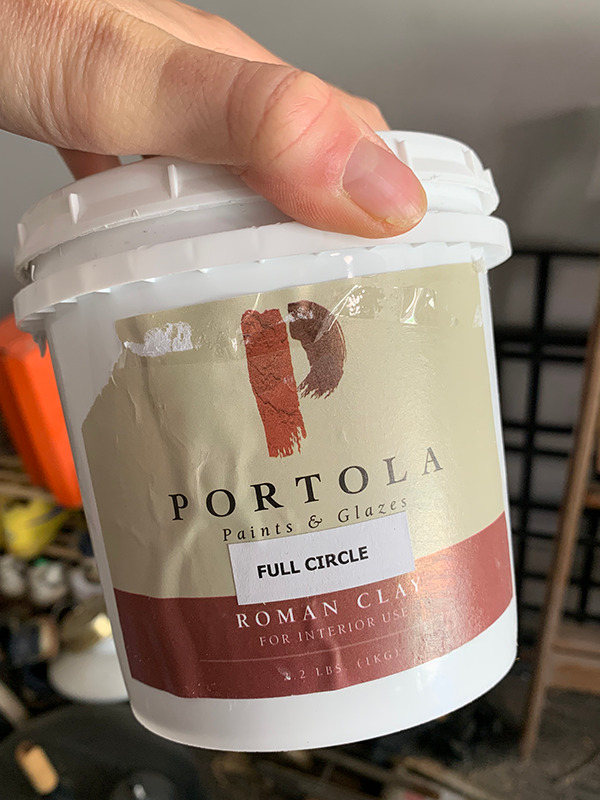
Once the caulk and the primer are dry, it’s time for Roman Clay! I used the color Full Circle from Portola paints, which is the same color as my fireplace. This is my third time using Roman Clay and it always has such a beautiful finish! Roman clay is made from natural ingredients and gives a marbled effect, comparable to Venetian plaster, but with a more subtle and organic look. It’s recommended to only apply it on smooth interior surfaces. Seal it with a top coat to give it a slight sheen and make it durable and wipeable.
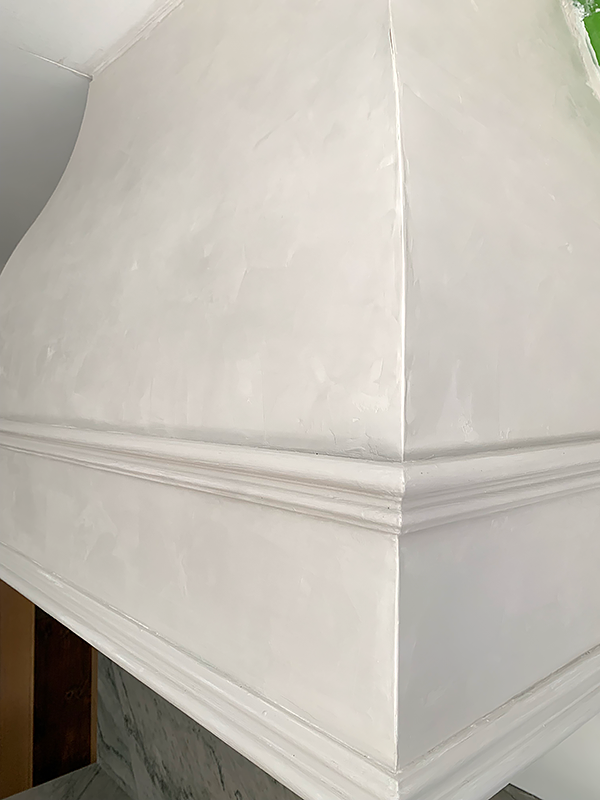
To apply it, I like to use plastic putty knives. I got really bad black scratch marks on our fireplace with metal ones so plastic seems to work much better. And then, I like to use two knives. One smaller one to scoop it out of the container and put it onto the bigger one and the bigger one to apply it to my surface.
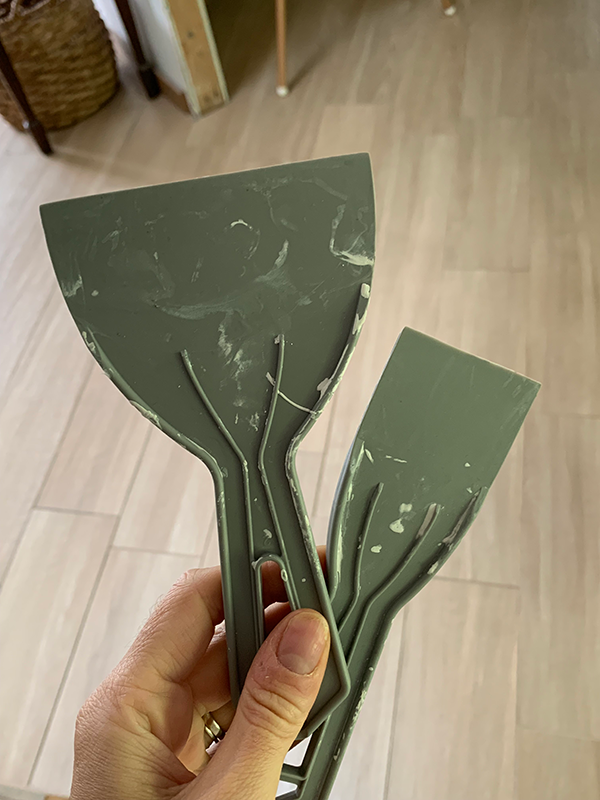
One of the best things about Roman clay is that there is really not a lot of rhyme or reason to the motion of how you apply it. You can’t mess it up. Just scoop a small amount onto your knife (a little goes a long way!) and start. Always work your way down from the top. There’s no right or wrong way. Just be organic with it and make some curvy, swervy movements.
The goal with the first coat is to apply a thin layer for coverage. Don’t worry if you miss some small areas. The big smooth areas are the easiest and I’d definitely recommend starting with those if this is your first time. You’ll notice though, my hood has small amounts of trim. I’ve never applied it on molding or trim. So I figured my best option was to use a chip brush to lightly brush it on. I applied it as smoothly as I could and didn’t stress about it too much because after it dried I was going to be sand it down. You have to let the first coat dry overnight and then you can sand and repeat.
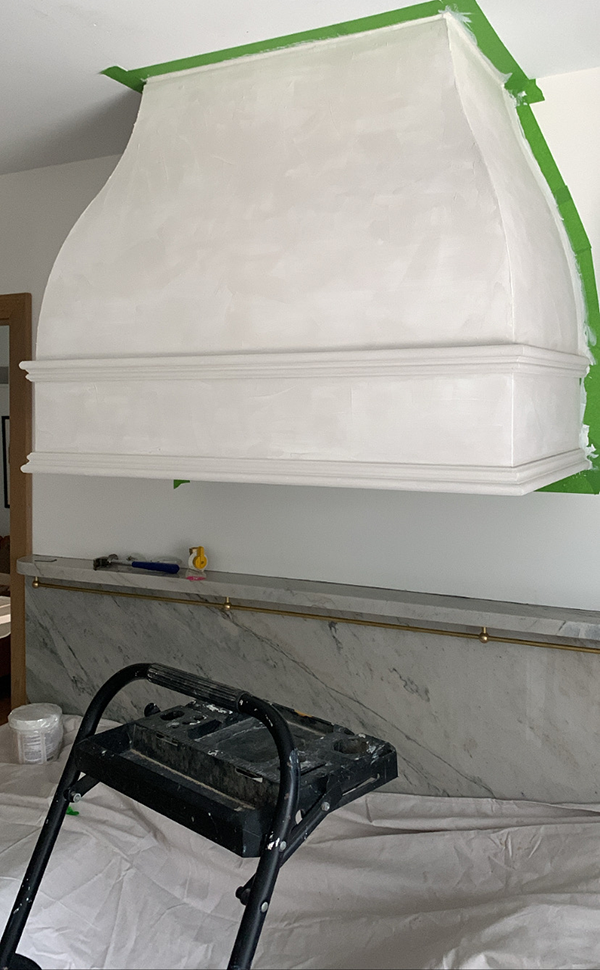
Next is to sand down all the ridges to get it back to a smooth surface before applying the second coat. I used a 300 grit sanding block to go around until I had a nice smooth surface again.
Once I sanded everything I was ready for a second coat. The second coat is all about going a little thicker in those areas you went lighter in the first time and filling in any spots you missed. It’s the same process as applying the first coat, but TYPICALLY at the end you don’t need to sand it. This is because you usually only need two coats and a top coat. However, I was all ready to apply the topcoat when I realized I was still seeing brush strokes coming through from the primer. So I decided to do a third coat to hopefully get rid of those strokes and it worked! I just went a smidge thicker in those areas I needed to cover more.
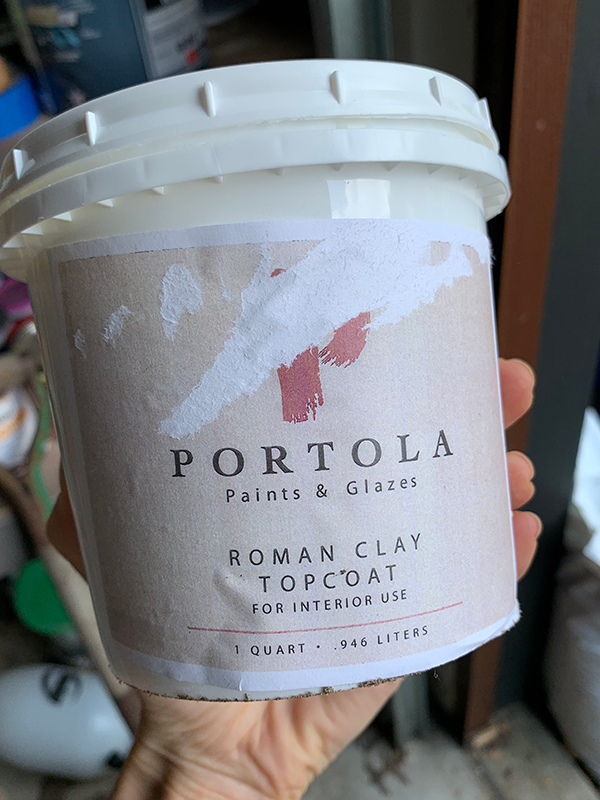
THE TOP COAT
Once it’s all dry its time to apply the top coat! And it’s applied the same way as the Roman Clay, with putty knives! You’ll be able to tell, but it’s a lot easier to smooth out all the ridges of the top coat with your putty knife so there’s no need to sand it down when you’re done. To finish off the trim I used a black foam brush to apply it. And that’s it!
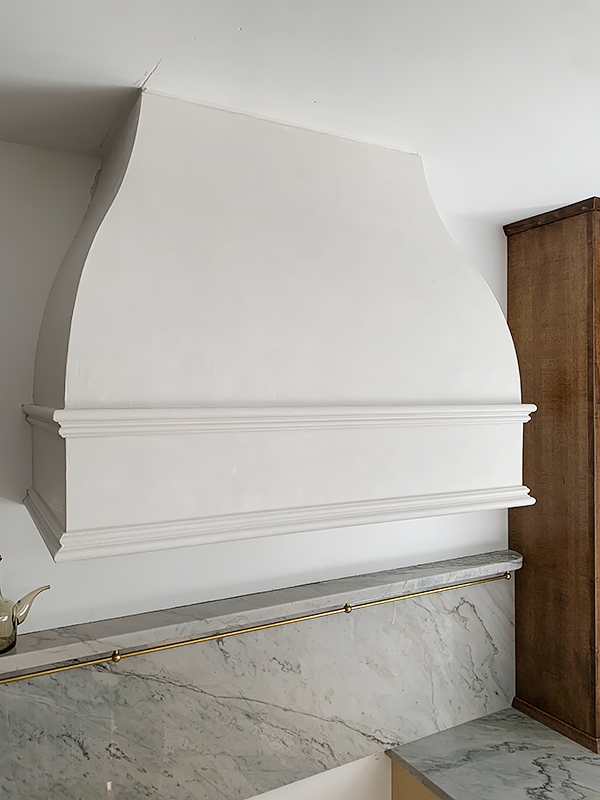
I do want to note that technically this is not made for use above a stove. However after checking with the professionals at Portola, they said it will be fine as long as I do a top coat and wipe it down after cooking.
I absolutely love how this turned out! I’ve mentioned before how we’re taking more time with our kitchen to make it everything we could ever want and more and I can’t stress enough how much this hood fits the vision. The Roman Clay was the perfect choice. I love this stuff because you don’t have to be perfect with it, it will always look unique and beautiful. And that’s exactly how we feel about it in the other areas of our home too!
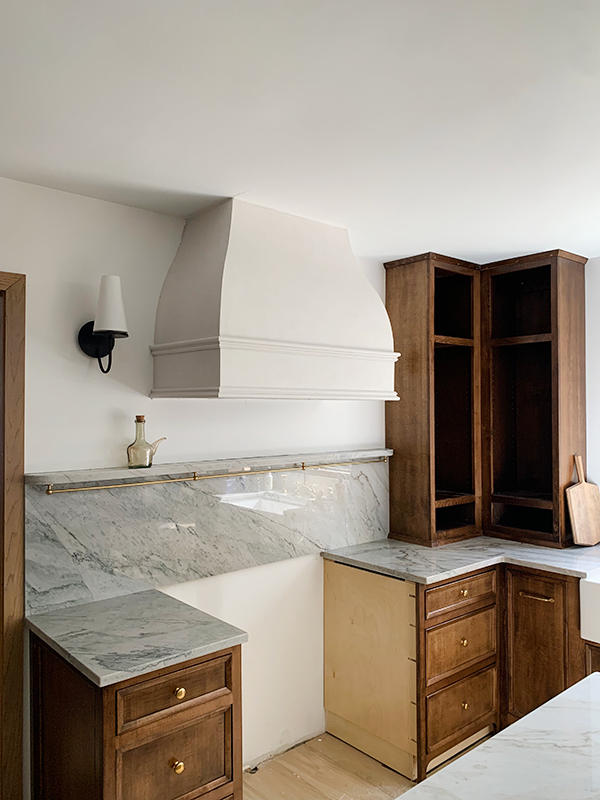
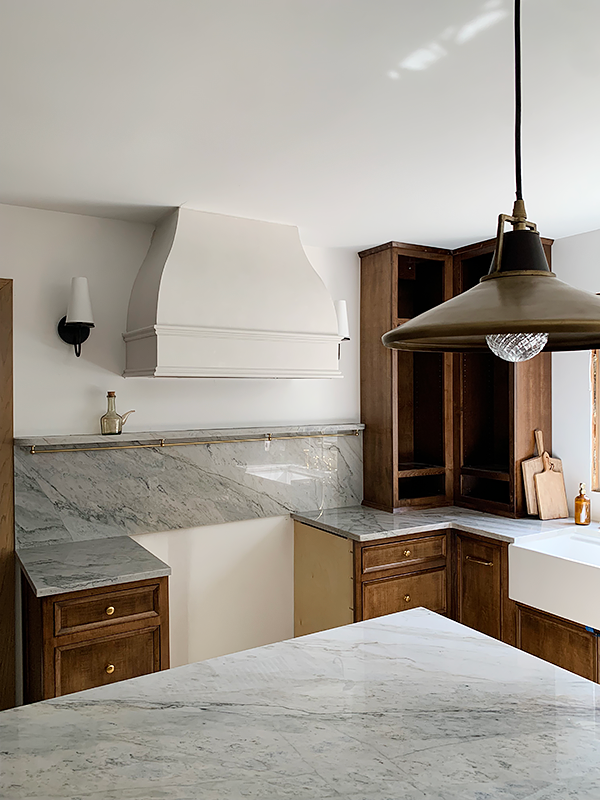
Now I just need to figure out what to do with the wall – I’m actually leaning towards roman clay-ing that too, stay tuned!

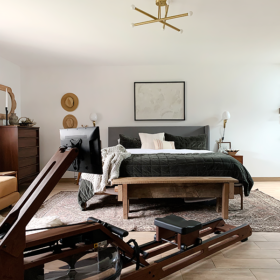
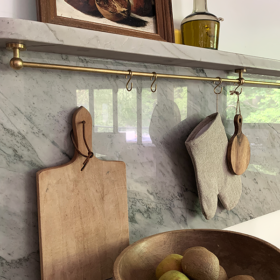
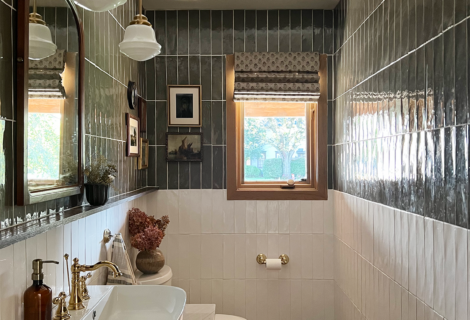
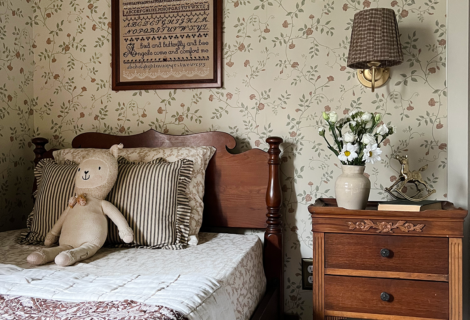
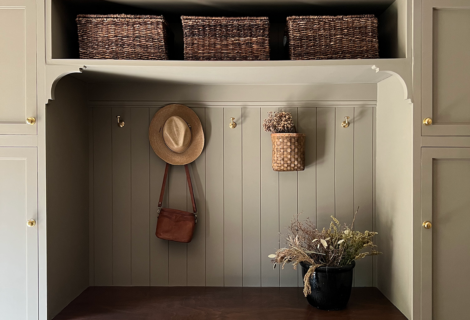
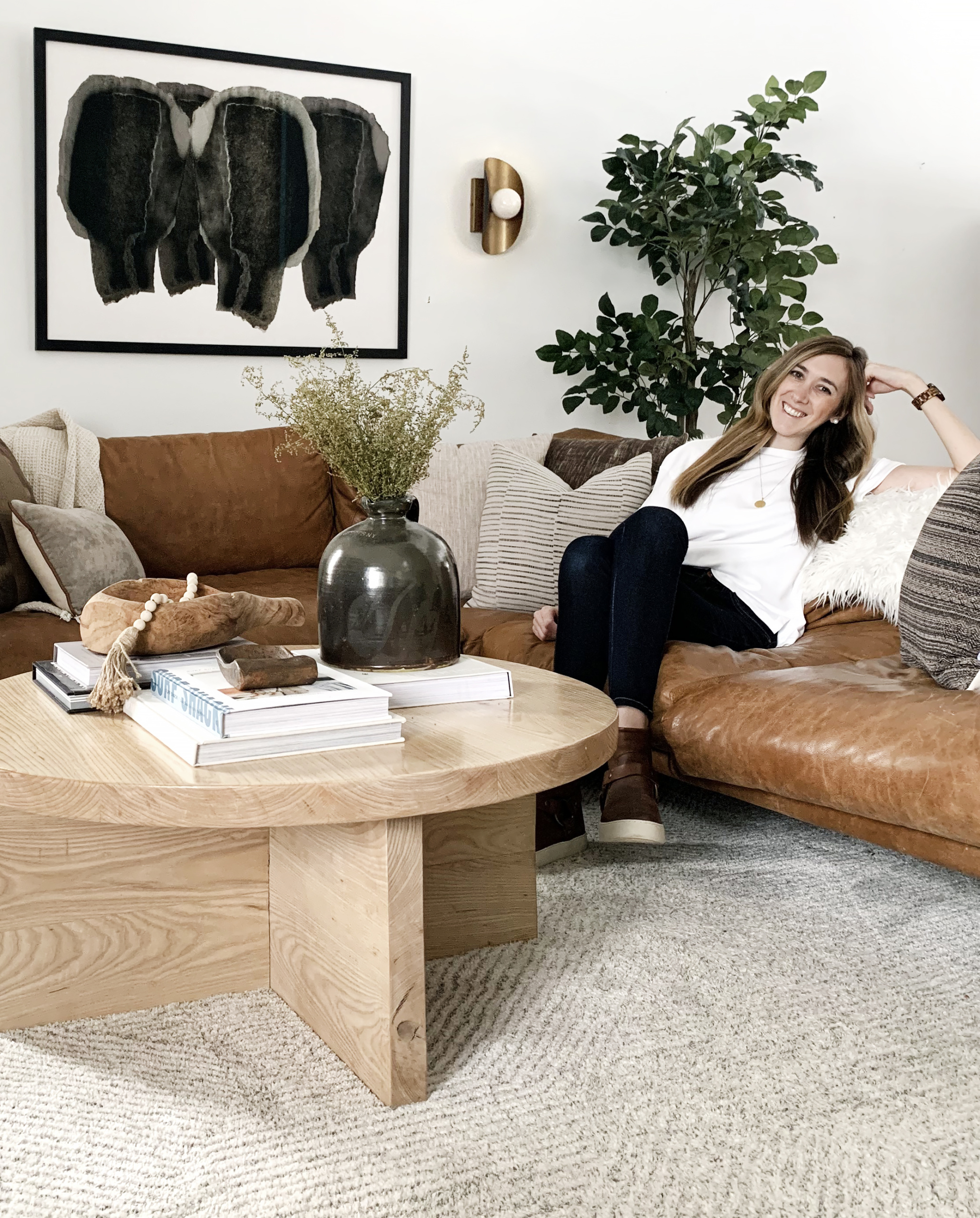

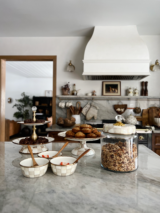
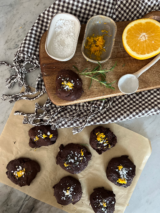
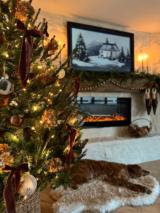

Michelle D.
WOW!!! That hood is stunning!!! Just stunning!!! Enough said.
brepurposed
Thank you so so much Michelle!!